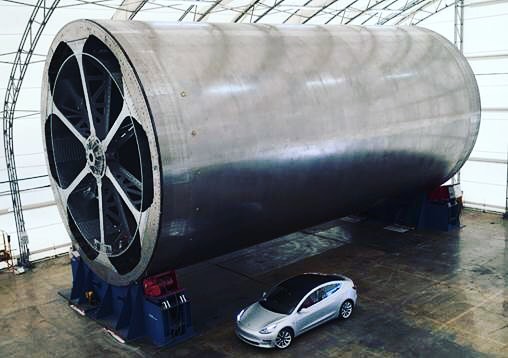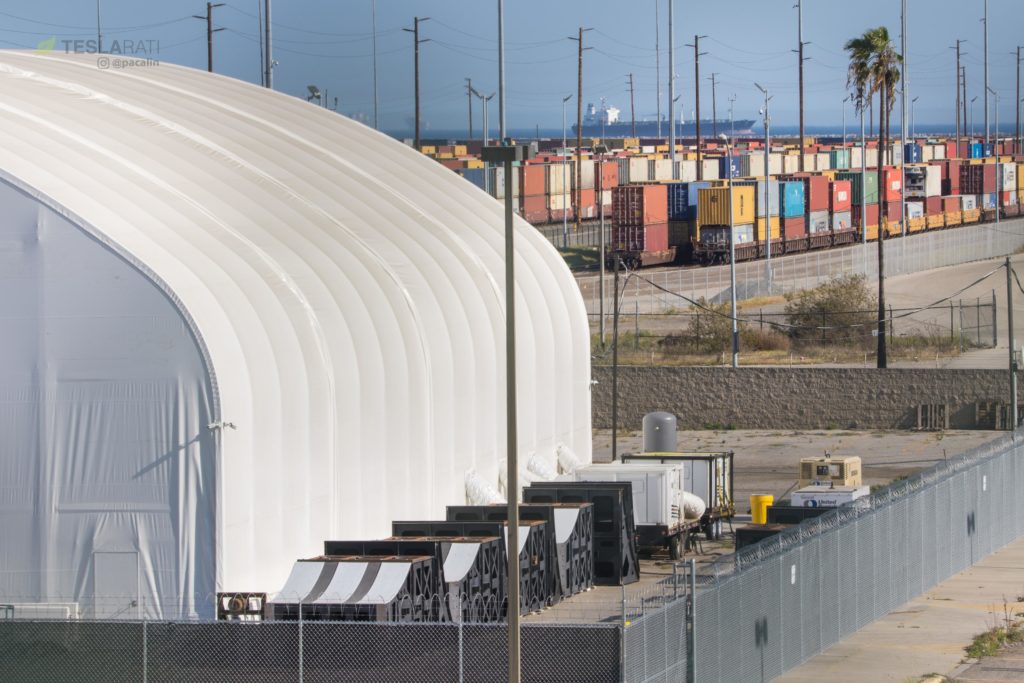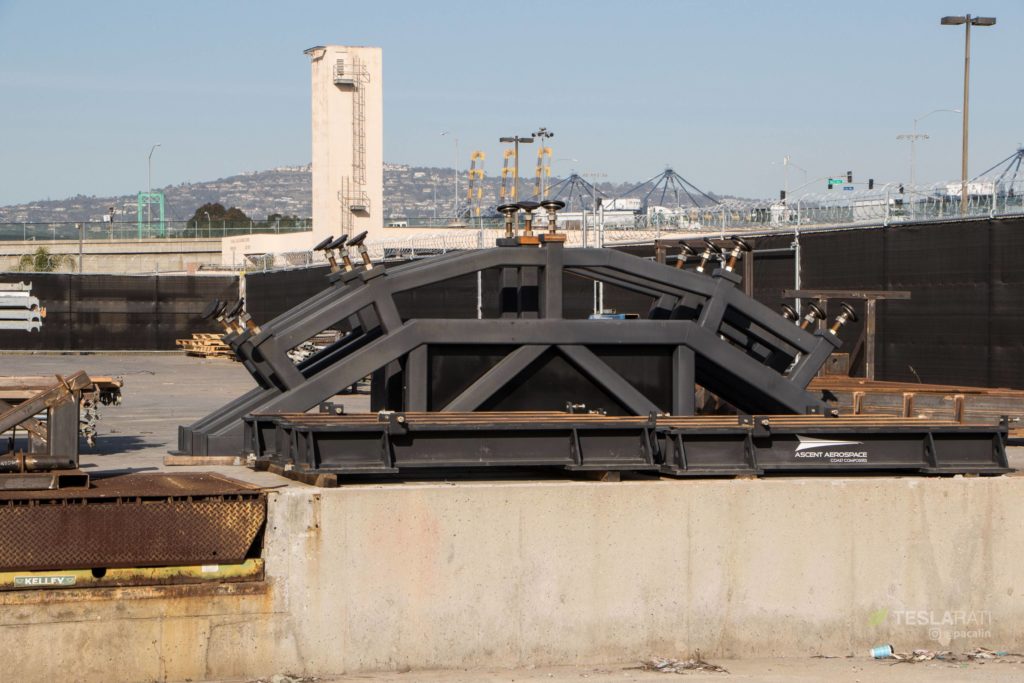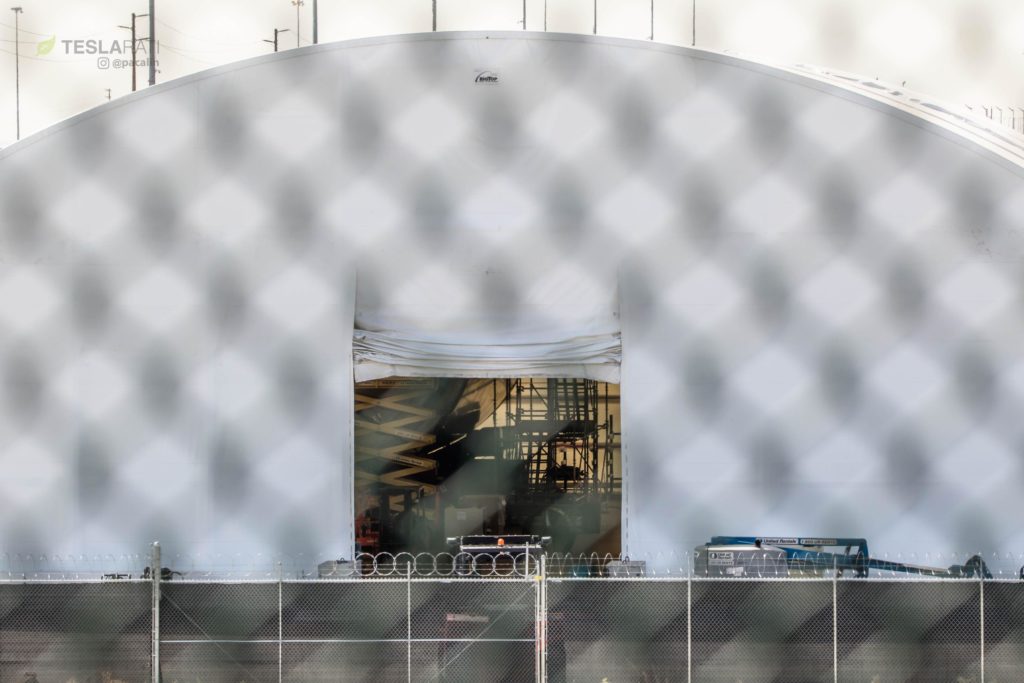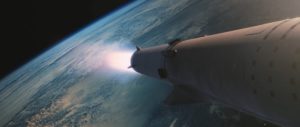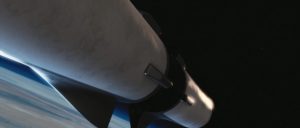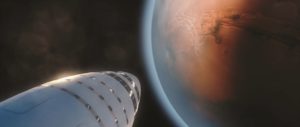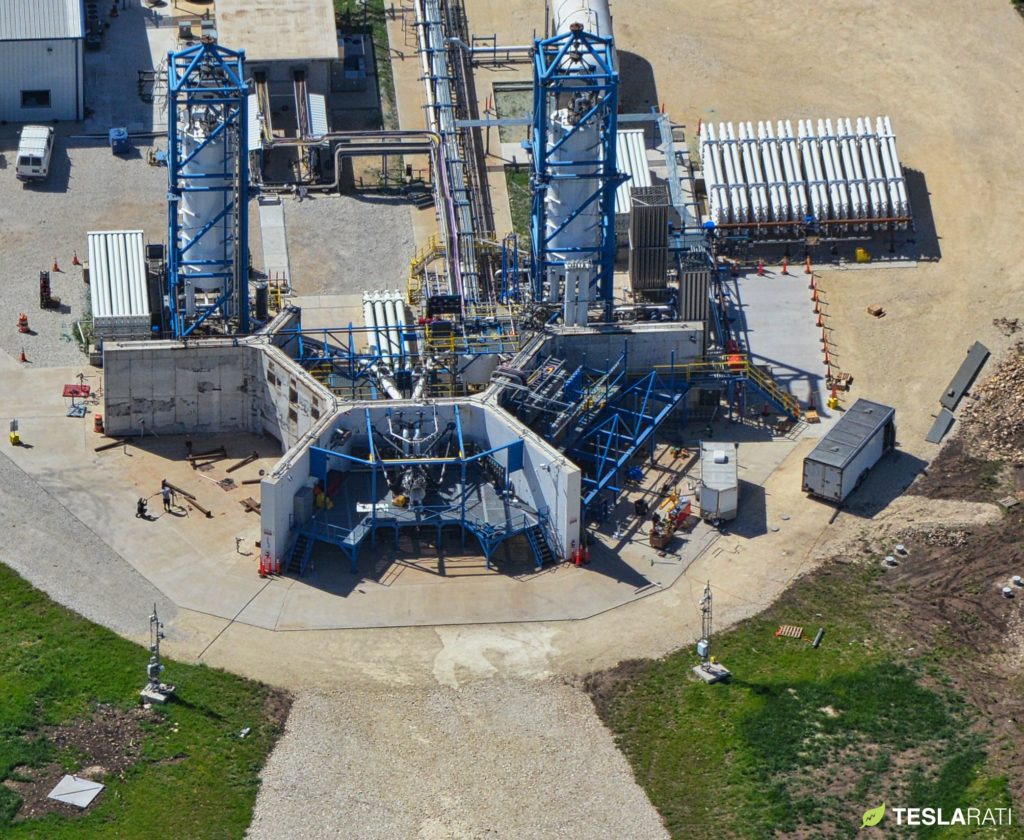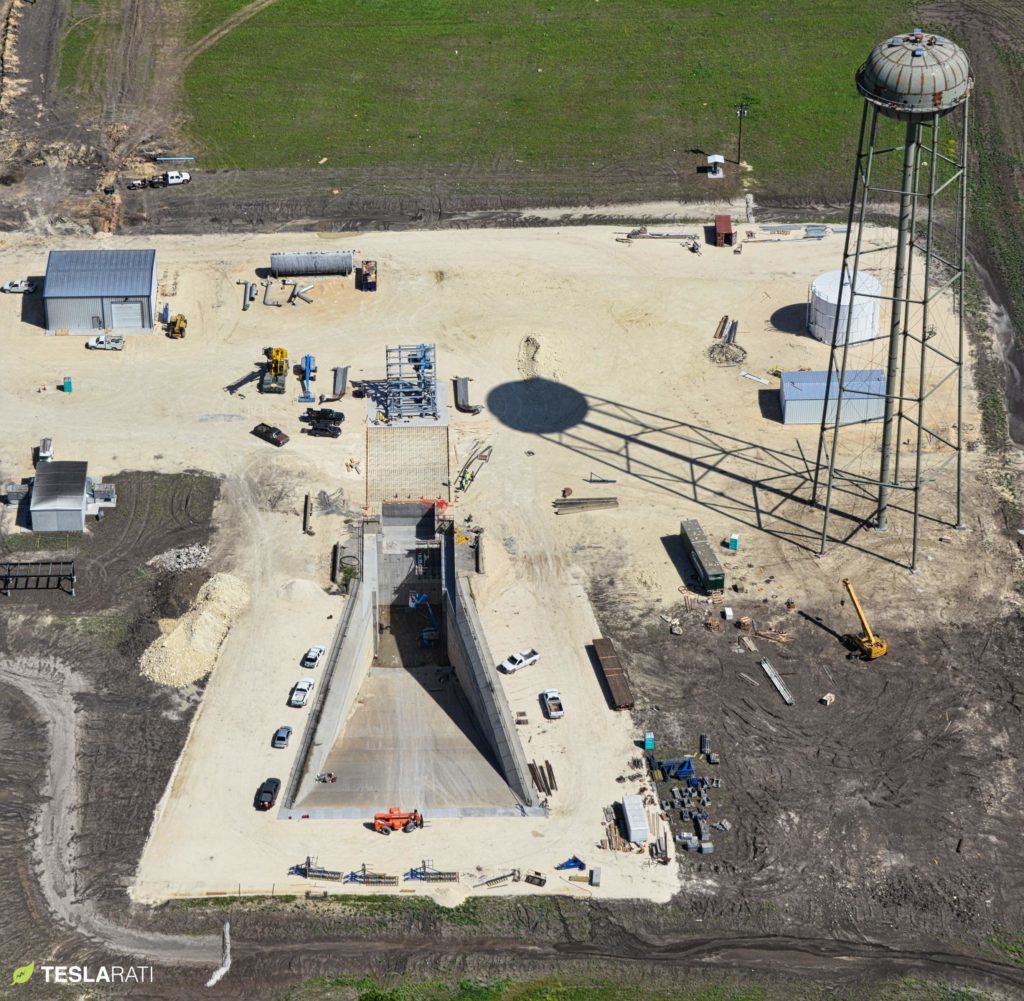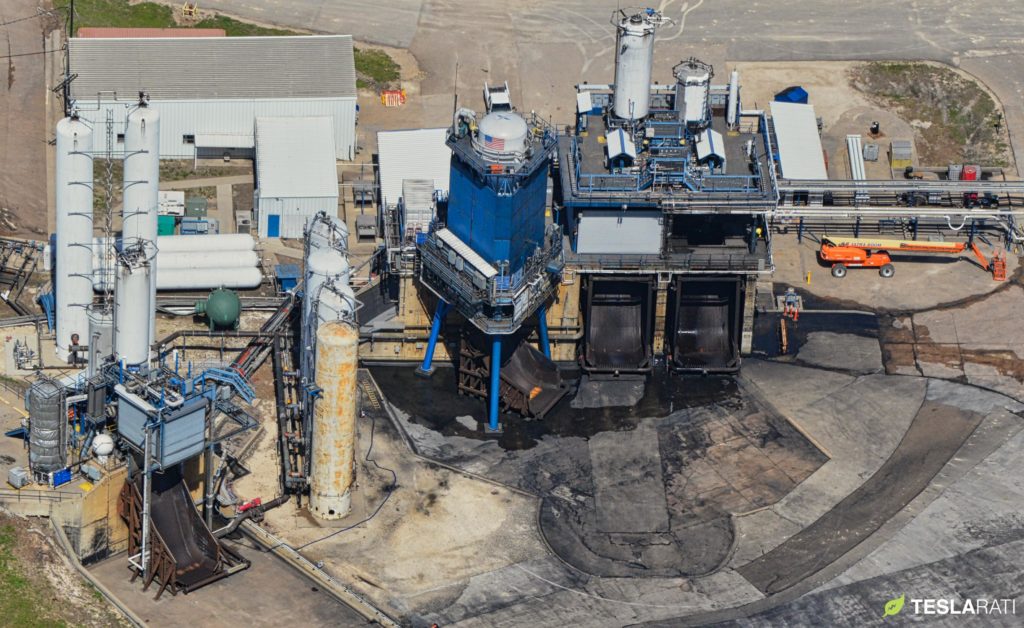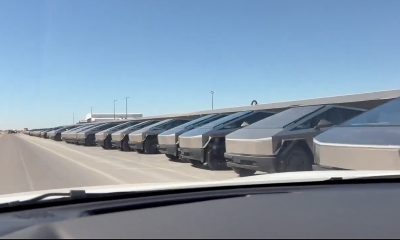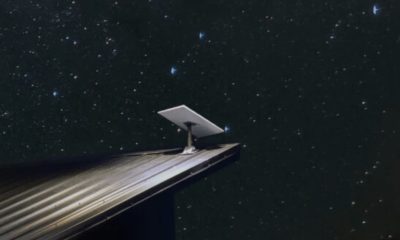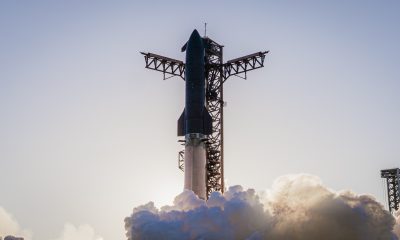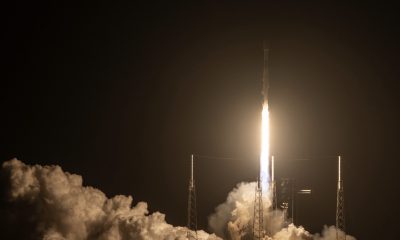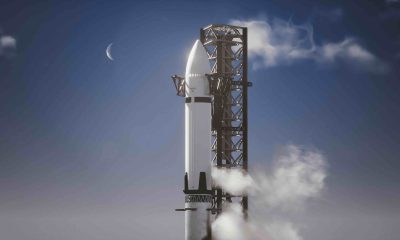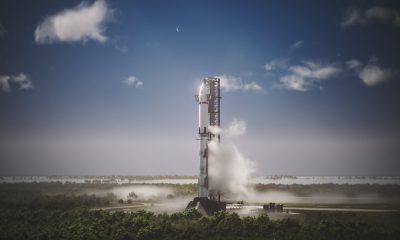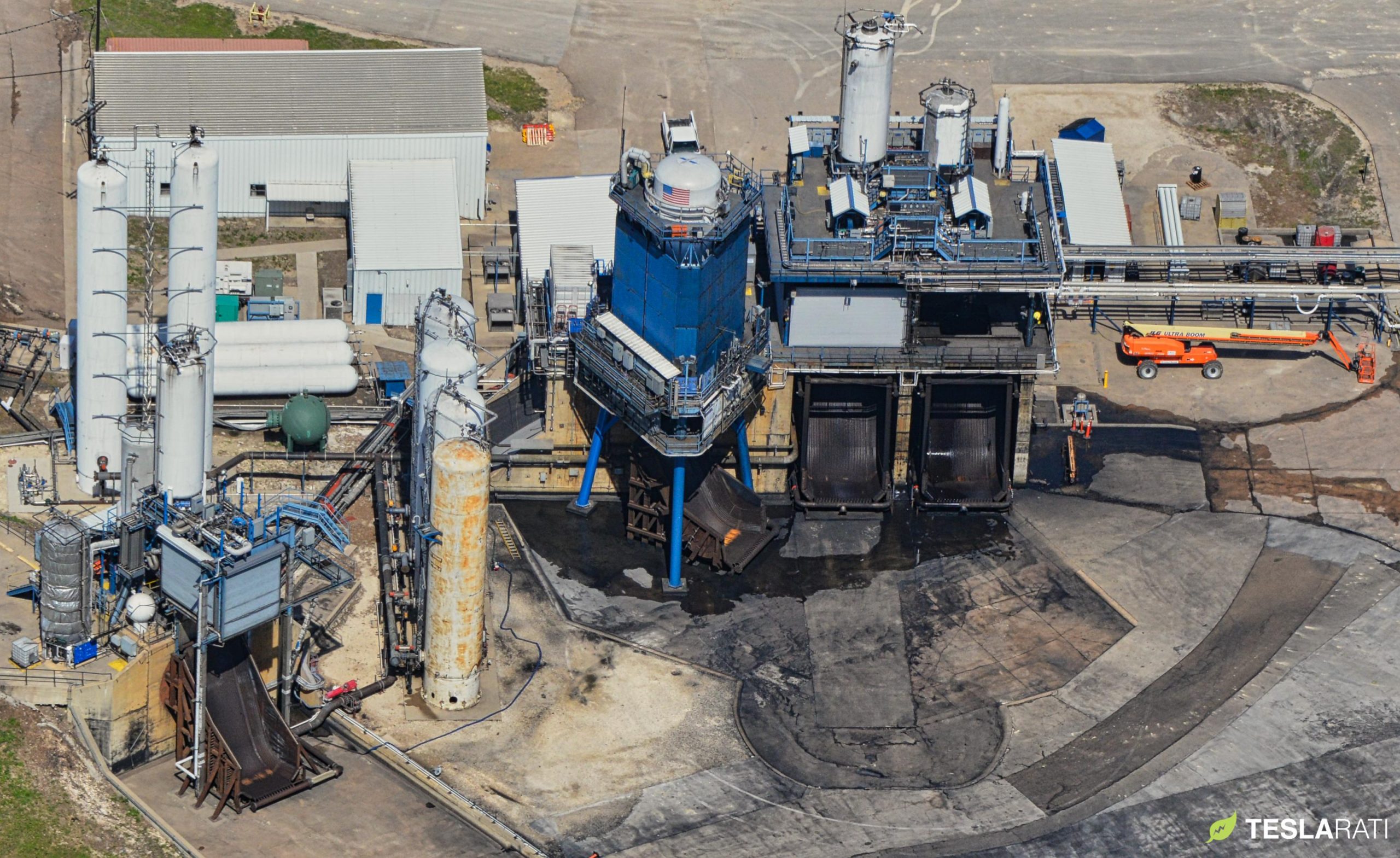
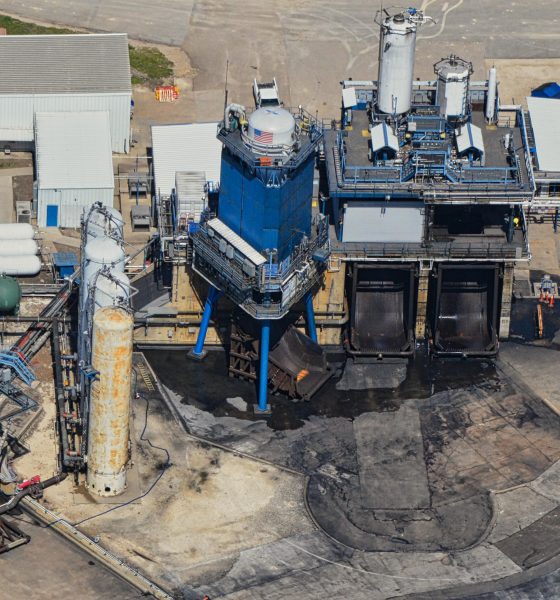
News
SpaceX execs bullish on BFR as Mars rocket test facilities expand in Texas [photos]
Aerial observations of SpaceX’s McGregor, Texas testing facilities on April 17 revealed an unusually frenetic level of construction and expansion centered around Raptor – the rocket engine intended to power BFR and SpaceX to Mars – and a new test-stand, the purpose of which is currently unknown.
With a minimum of 1200 seconds of hot-fires under its belt, SpaceX’s Raptor propulsion program is likely rapidly approaching the end of what is best described as the experimental phase of testing. While this has not been communicated by SpaceX, it is a logical conclusion following several recent developments. Namely the true beginning of BFR test article fabrication and an impressively bullish level of commitment and confidence in the fully reusable launch system demonstrated in the last few months alone by CEO Elon Musk and President/COO Gwynne Shotwell. While Musk is infamous both within and beyond his companies for painfully impractical development timelines, he demonstrated some level of growing consciousness of that fallibility at 2018’s SXSW, stating that he was working on recalibrating his expectations. Without taking a breath, he reiterated his anticipation for short hop tests of the first full-scale spaceship prototype in the first half of 2019.

SpaceX’s three-bay Raptor test stand as of April 17. The middle bay is currently home to the subscale Raptor test program. (Aero Photo)
While anyone familiar with Musk’s timeline antics may roll their eyes and laugh, far more shocking was Shotwell’s sudden pivot towards a new sense of optimism for the BFR program. At Satellite Conference 2018, the typically reserved and pragmatic executive confirmed beyond any doubt that she had become aggressively bullish on the Mars rocket, stating that she believed the spaceship would be ready for suborbital testing in 2019, while the booster-spaceship system could potentially reach orbit by 2020. Musk and Shotwell’s suggestion that BFR’s first suborbital testing – akin to an extreme version of SpaceX’s Grasshopper and F9R programs – is expected to begin in 2019 meshes well with a recent explosion of activity at Port of San Pedro in Los Angeles, CA, thanks to a combination of land acquisition, successful bureaucracy-wrangling, and the first hints of construction and BFR production. It’s highly unlikely that SpaceX would have chosen to temporarily move BFR prototyping into a giant tent on abandoned dock space rather than waiting for port and city approvals for their permanent port factory if they were not keen on moving full speed ahead with the fully reusable launch vehicle’s development.
SpaceX has completed over 1,200 seconds of firing across 42 main Raptor engine tests. pic.twitter.com/EhxbPjd8Cj
— SpaceX (@SpaceX) September 29, 2017
SpaceX’s Director of Real-Estate Bruce McHugh was less confident when he spoke before Port of San Pedro’s board of commissioners on April 19, although all in attendance expressed a huge amount of excitement at the increasingly likely prospects of a huge SpaceX rocket factory materializing in their neighborhood. Local contractors, economic development representatives, and many other community members were eager for the approval and permitting process to finish up, after which SpaceX is characteristically likely to begin demolition and construction in earnest at Berth 240, the prospective site for the company’s first dedicated BFR factory.
Early phases of in-house BFR structures prototyping is taking shape behind the flaps of a custom-ordered temporary tent, something like 60m long, 30m wide, and ~15m tall at the highest point – half an acre of eccentric but functional space for Mars rocket R&D, in other words. The primary benefit of these facilities’ dock-side locations is the minimization of the transportation hell that SpaceX would have had to suffer through to transport 9m-diameter rocket hardware through downtown Los Angeles – feats that would cost as much as $2.5 million one way each time components had to be moved from the Hawthorne factory to the Port of LA, where it would be finally shipped to Texas or Florida.
- SpaceX’s first major BFR and BFS fabrication tooling, likely being stored temporarily in a tent at Port of San Pedro. Note the tent framework at the top. (Elon Musk)
- Just a casual line of car-sized steel segments hanging around outside the BFR tent. (Pauline Acalin)
- It’s understood that SpaceX will eventually move this work to Berth 240 once more permanent facilities are constructed. (Pauline Acalin)
- SpaceX’s BFR tent and mandrel, caught on April 14th. (Pauline Acalin)
Speaking at a private talk given to MIT campus members in October 2017, attendees reported that Shotwell stated that although “[BFR’s] composite tanks [would] be a challenge [for SpaceX],” the company was already working on maturing the technologies required, and also noted that SpaceX was “building a larger [version of] Raptor right now.” Half a year later, outsiders have heard nothing of any additional carbon composite propellant tank testing at the new 9m diameter, but the existence of custom-ordered (i.e. very expensive and specialized) composite fabrication tooling of the same diameter as BFR effectively guarantees that SpaceX has settled upon and is confident in its approach to manufacturing the massive composite tankage and structures. Along with a similar line of thought, expensive tooling with a fixed diameter also indicates – albeit with less certainty – that the vehicle’s Raptor propulsion system is not expected to change significantly as BFR marches closer to suborbital and orbital testing. Raptor, in other words, is probably considerably more mature than SpaceX’s composite tankage expertise, itself fairly advanced given the mandrel and additional fabrication tooling already present at Port of San Pedro.
And yet, Shotwell’s most telling display of confidence occurred just a handful of days ago at the TED2018 conference. In a lengthy and fairly well-orchestrated interview with the session’s host Chris Anderson, Shotwell repeatedly and happily made comments indicating that she has become extremely bullish on BFR and BFS in the last several months. In her opinion, BFR (and point-to-point Earth transport) will be deployed “within a decade, for sure.” Prices would nominally be “between business and economy,” or a few thousand dollars per person. Speaking on the trip from Earth to Mars, she estimated a three-month journey with BFR Block 1, “but [SpaceX is] gonna try to do it faster.” She further confirmed that SpaceX intends to build much larger BFRs, meshing with Elon’s suggestions that 2016’s ITS concept is now perceived internally as a sort of BFR Block 2. Perhaps most importantly, she qualified her timeline estimates as “Gwynne-time” when Anderson jokingly deadpanned about the infamous Elon-time. Overall, Shotwell came across as more bullish than she has ever been before on BFR’s development and future prospects, including both point-to-point transport on Earth and crewed missions to the surface of Mars – both of which she expected to begin “within a decade, for sure.” Smirking, she quipped that she was “sure Elon would want us to go faster.”
- BFR heads to orbit in an updated overview of the Mars rocket. (SpaceX)
- Note the 2017/early-2018 variant’s single delta-wing and extendable leg pods (silver). (SpaceX)
- According to Hans Koenigsmann, this vision may actually be incompatible if NASA and the US government are given too much control. (SpaceX)
Not one to end on a quiet note, the typically pragmatic executive finished by describing how she believed that spreading human presence throughout the Sol System was only “the first step [towards] moving to other solar systems and potentially other galaxies; I think this is the only time I ever out-vision Elon.” Interstellar travel and faster-than-light propulsion aspirations aside, Shotwell’s comments mark a fairly incredible shift in attitude toward SpaceX’s far loftier ambitions. Musk seems to be working to recalibrate his timelines to be less naive at the same time as Shotwell’s confidence is steadily growing – the two executives, in other words, appear to be rapidly converging upon a middle ground of pragmatic optimism (that or Musk-time is contagious!).
- Raptor’s McGregor, TX engine test bays are seen here in April 2018. A subscale Raptor prototype is visible in the center bay. (Aero Photo/Teslarati)
- A new rocket test-stand takes shape at SpaceX’s McGregor, TX facilities. As of just a few months ago, this site was effectively barren of activity. (April 17, Aero Photo)
- SpaceX’s Merlin 1D (Vacuum and Sea Level) tests stands, as well as a bay for upper stage static fires. (April 17, 2018 – Aero Photo)
As shown above, the level of construction activity at SpaceX’s Texas testing facilities is fairly impressive and could perhaps be seen as evidence that both Musk and Shotwell are speaking from a place of something approaching pragmatism. While the purpose of the new stand (center) is not yet clear, several aspects indicate that it is unlikely to be more mundane. First, the massive water tower (one that did not exist just a month or two ago, might I add) dwarfs anything found at individual engine or upper stage test stands at the SpaceX facility. It’s possible that the existence of the flame trench alone necessitates the inclusion of such a large water suppression system for damage prevention, but the presence of the blue steel skeleton of a new flame bucket (operational iterations shown on the right) suggests otherwise. For example, the Merlin stands have no such water suppression system: they do use water suppression to avoid damaging the ground systems or the engines themselves, but that water is stored in a large ground-level tank. A tower, however, indicates that SpaceX wants much higher water pressures and flow rates to be available at the new stand, a requirement for significantly more powerful tests akin to SpaceX’s full-up Falcon 9 (and Heavy) test stand – the water towers at the S1 stand and this new stand appear to be identical in size.
In other words, it’s more probable than not that this new stand is being built to support either booster static fires or much larger tests of BFR hardware (perhaps multiple Raptors at once, akin to SpaceX’s very early tests of Falcon 9’s nine Merlins). It could, of course, be used for many different tasks, but only time will tell. Given the sheer level of physical progress made in the BFR program and the swelling confidence of Musk and Shotwell, I certainly know where I’d hedge my bets.
Follow us for more live updates, behind-the-scenes sneak peeks, and a sea of beautiful photos from our East and West coast photographers.
Teslarati – Instagram – Twitter
Tom Cross – Twitter
Pauline Acalin – Twitter
Eric Ralph – Twitter
News
Tesla is launching a crazy new Rental program with cheap daily rates
This week, Tesla launched its in-house Rental program that will give people a vehicle for between three to seven days, with prices varying and starting at just $60 per day.
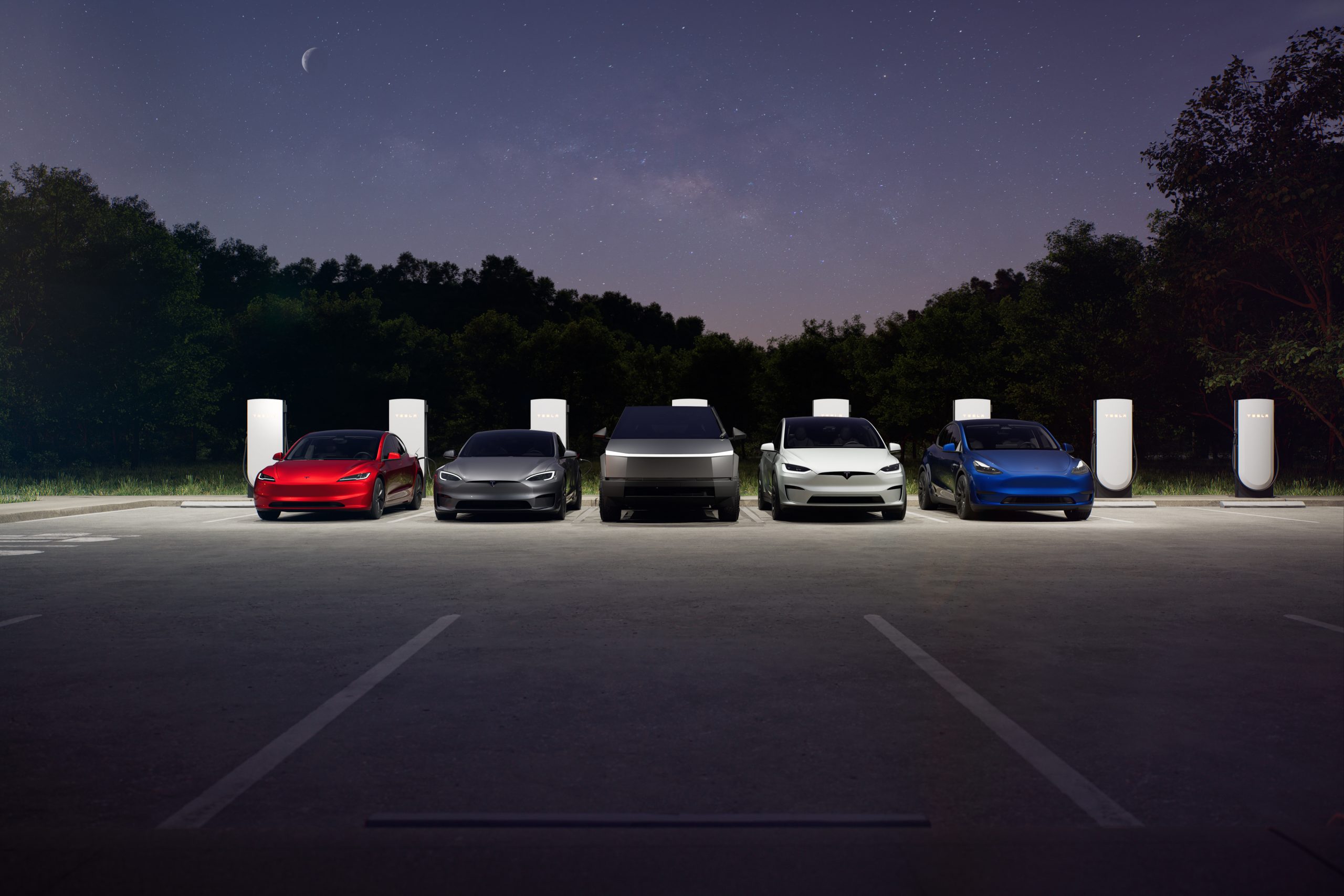
Tesla is launching a crazy new Rental program with cheap daily rates, giving people the opportunity to borrow a vehicle in the company’s lineup with an outrageous number of perks.
This week, Tesla launched its in-house Rental program that will give people a vehicle for between three to seven days, with prices varying and starting at just $60 per day.
However, there are additional perks that make it a really great deal, including Free Supercharging and Free Full Self-Driving (Supervised) for the duration of the rental.
There are no limits on mileage or charging, although the terms do not allow you to leave the state you are renting.
Tesla wrote in an email advertising the program:
“Rent a Tesla and see how it makes every errand, commute, and road trip more fun. While it’s yours, try Full Self-Driving (Supervised) and control and monitor your vehicle with the Tesla app.
Schedule your rental for three to seven days starting at $60 per day (plus taxes and fees) and charge for free at any Tesla-owned Supercharger.
Order your own Tesla within seven days of your rental to get up to a $250 credit toward your purchase.”
This is a great opportunity that will convince MANY people to make the jump.
All your concerns about switching are answered within two days. It’s easier than owning a gas car ever has been. https://t.co/QayTf6YVbw pic.twitter.com/TCHqfTRpes
— TESLARATI (@Teslarati) November 8, 2025
Tesla has long adopted the mentality that butts in seats will sell cars, and for the most part, it is a great strategy. Driving a Tesla is different from owning and driving a combustion engine vehicle; it truly feels as if you are in a car from the past when you get back in an ICE car.
This strategy could be looked at as more of a way for people to experience Tesla ownership than anything.
Although some might use it as a typical rental program that will see it be a cool way to drive without putting miles on a personal car, most will use it as the 48-hour test drive was designed for, which is a short-term way to experience EV ownership.
Tesla is only offering this program at a handful of locations currently, including San Diego and Costa Mesa, California.
News
Tesla makes online ordering even easier
Tesla has a great trade-in program that allows you to give the company your vehicle in exchange for cash, even if it’s not an EV. Their trades are mostly fair, but the company seems to undervalue its own vehicles, and there have been plenty of complaints over offers in the past.
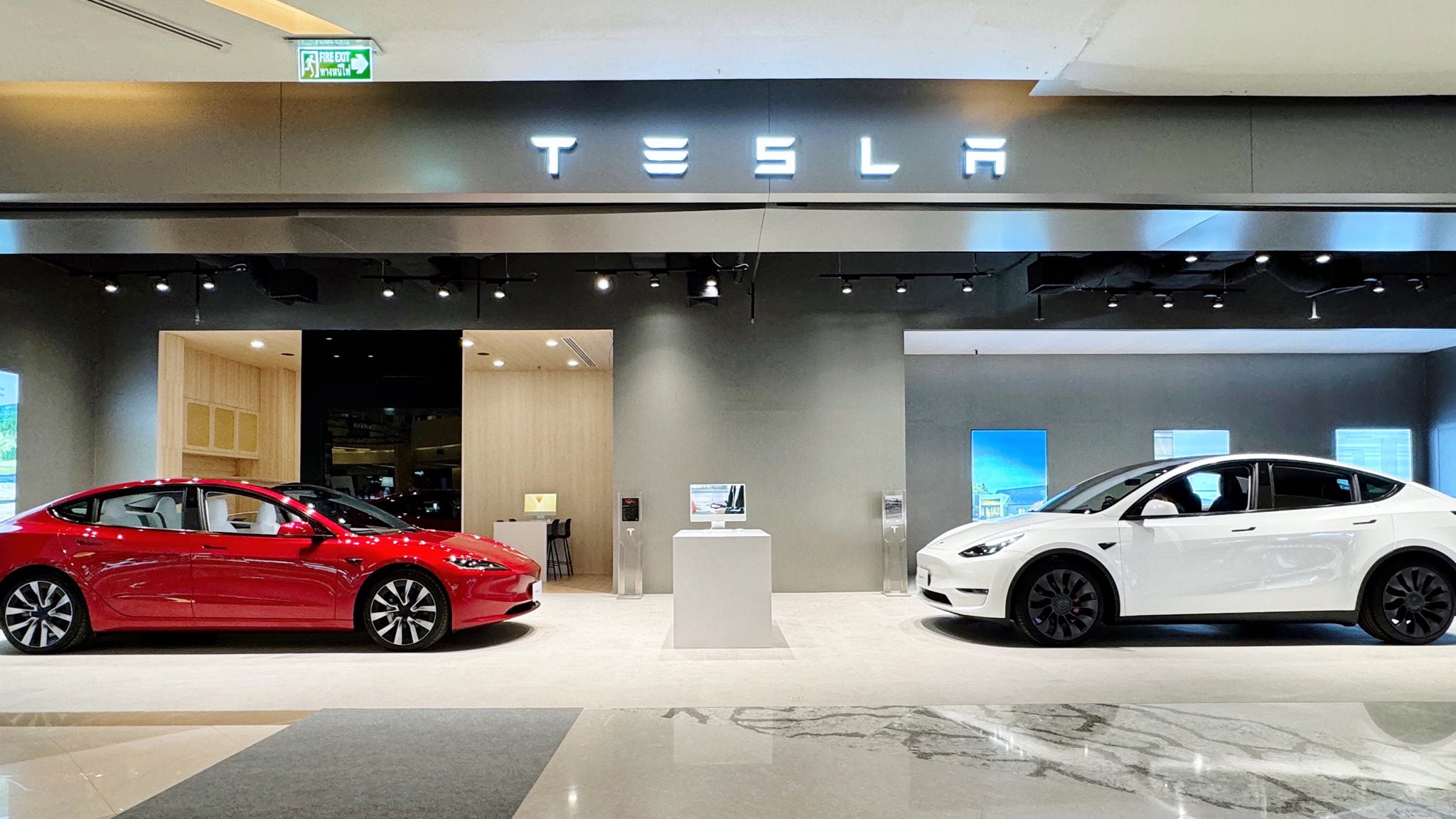
Tesla has adjusted its Online Design Studio to make for an easier trade-in process, reflecting the details of the exchange for a more accurate reflection of payment terms.
Tesla has a great trade-in program that allows you to give the company your vehicle in exchange for cash, even if it’s not an EV. Their trades are mostly fair, but the company seems to undervalue its own vehicles, and there have been plenty of complaints over offers in the past.
Trade-ins are usually given by submitting vehicle details, then Tesla sends an email with an offer. Offers are non-negotiable, but do adjust over time, although the latest offer is valid for 30 days.
I traded my ICE vehicle for a Tesla Model Y: here’s how it went
Knowing your new Tesla’s cash price, leasing or loan details, and monthly payment information used to be done by the car buyer. From personal experience, I simply subtracted my trade-in from the cash price of the Tesla Model Y, and I plugged those numbers into the payment calculator.
Now, Tesla is implementing the trade-in process directly into the Design Studio. It will adjust the price of the car and the different monthly payment methods automatically:
Trade-in estimates available directly on our configurator in few states including CA, will cover all of US and Canada next week.
For loyalty customers, if their trade-in VIN is eligible for any loyalty credit, the same will be applied to the estimate. pic.twitter.com/7097vPleMf
— Raj Jegannathan (@r_jegaa) November 8, 2025
The change is already noticed in a handful of states, including California, but it has not rolled out across the board quite yet. It will be implemented in all of the U.S., as well as Canada, this coming week.
The trade-in process is very simple, and after you accept your offer, you simply drop your vehicle off during the delivery process. Making this simple change will be greatly appreciated by owners.
News
Tesla confirms Robotaxi is heading to five new cities in the U.S.
After launching in Austin, Texas, in late June and the Bay Area of California just a few weeks later, Tesla has been attempting to expand its Robotaxi suite to new states and cities in the U.S., and even outside of the country.

Tesla Robotaxi will hit five new cities in the United States in the coming months, the company confirmed.
After launching in Austin, Texas, in late June and the Bay Area of California just a few weeks later, Tesla has been attempting to expand its Robotaxi suite to new states and cities in the U.S., and even outside of the country.
The Robotaxi suite is a ride-hailing service Tesla offers, but the details of it change with each jurisdiction, as regulations vary. For example, in Austin, Tesla can operate the Robotaxi suite without anyone in the driver’s seat, as long as the vehicle does not enter a freeway.
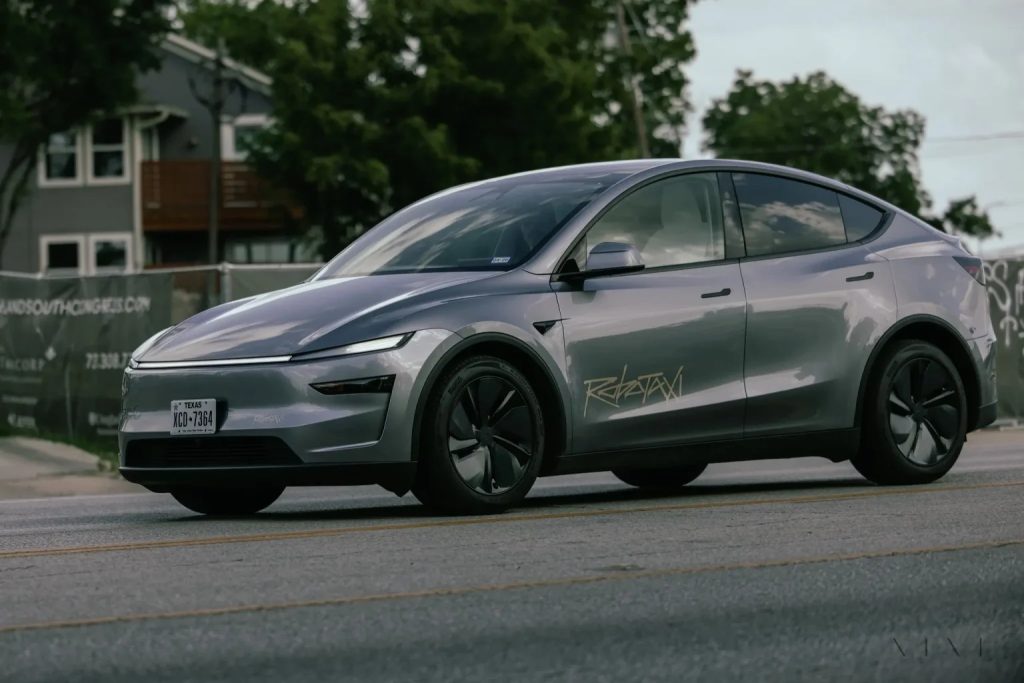
Credit: Tesla
In the Bay Area, a Safety Monitor rides in the driver’s seat, essentially acting as the vehicle operator with Full Self-Driving controlling the car.
The local regulations and how Tesla handles them will continue to be a relevant part of the discussion, especially as the company aims to expand the Robotaxi program to different areas. This has been a primary focus of the company for several months, especially within the United States.
CEO Elon Musk said that Tesla was aiming to launch Robotaxi in Nevada, Arizona, and Florida. However, the company detailed five specific cities where it will launch Robotaxi next during the Annual Shareholder Meeting on Thursday.
Tesla will launch Robotaxi in Las Vegas, Phoenix, Dallas, Houston, and Miami next, broadening its Service Area for the suite to more major cities across the U.S.
It has said it plans to offer the service to half of the U.S. population by the end of the year, but it does not seem as if it will expand to more than a handful of cities this year, which is still tremendous progress, all things considered.
As far as autonomy is concerned, Tesla has always had lofty expectations and has made some even loftier statements.
At the Shareholder Meeting, Musk said that the company would likely be able to enable vehicle owners to text while the vehicle drives, alleviating them from potentially having some of the responsibility they have behind the wheel.
Tesla says texting and driving capability is coming ‘in a month or two’
It is not confirmed that Tesla will roll this out in the next few months, but Musk said there is a possibility.
-
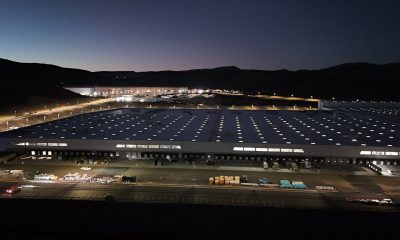
 News2 days ago
News2 days agoTesla shares rare peek at Semi factory’s interior
-
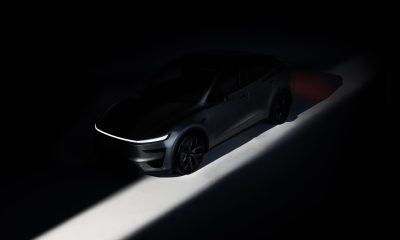
 News1 day ago
News1 day agoTesla Model Y Performance set for new market entrance in Q1
-
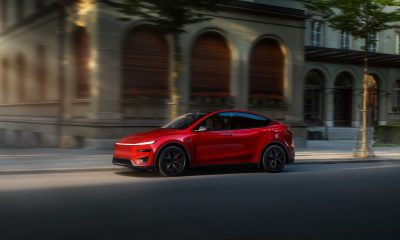
 News3 days ago
News3 days agoTesla Model Y Performance is rapidly moving toward customer deliveries
-
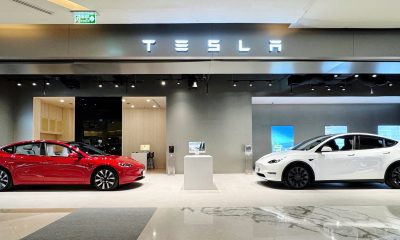
 News1 day ago
News1 day agoTesla makes online ordering even easier
-

 Elon Musk2 days ago
Elon Musk2 days agoTesla says texting and driving capability is coming ‘in a month or two’
-
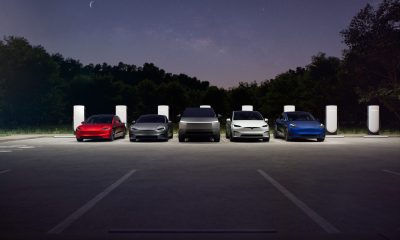
 News2 hours ago
News2 hours agoTesla is launching a crazy new Rental program with cheap daily rates
-

 News2 days ago
News2 days agoTesla China expecting full FSD approval in Q1 2026: Elon Musk
-
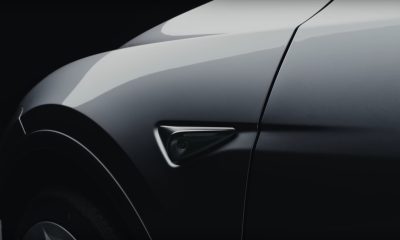
 Elon Musk4 days ago
Elon Musk4 days agoTesla teases new AI5 chip that will revolutionize self-driving

